The Role of Content Marketing in E-commerce
Creating Valuable Blog Posts, Guides, and Videos
In the dynamic world of e-commerce, standing out among the multitude of online merchants requires not just exceptional products, but also an unparalleled approach to engaging potential customers. Emmerce Limited, a forerunner in the e-commerce domain, understands the critical role content marketing plays in not just attracting visitors, but in converting them into loyal customers. Through the strategic use of blog posts, detailed guides, and engaging videos, content marketing has become an indispensable tool in Emmerce Limited’s arsenal. This comprehensive approach ensures that valuable information reaches consumers in various formats, catering to diverse preferences and enhancing the overall shopping experience.
Importance of Content Marketing in E-commerce

What is content marketing?
Content marketing is a strategic marketing approach focused on creating and distributing valuable, relevant, and consistent content to attract and retain a clearly defined audience — ultimately, to drive profitable customer action. Unlike traditional marketing, which often relies on direct sales and advertisements, content marketing builds a relationship with potential customers by providing them with information that they find useful and interesting.
Why content marketing is important in e-commerce
In the digital age, consumers have access to an overwhelming amount of information. To stand out, e-commerce businesses must offer more than just products; they need to provide value through content. Content marketing helps e-commerce sites to build trust and authority in their niche, improve their search engine optimization (SEO) efforts, and engage and educate their audience. This educational approach can lead informed customers to make purchasing decisions based on a deeper connection and understanding of the product, rather than on impulse alone. What’s more, content marketing offers a cost-effective way to bring in new customers and retain existing ones, as it often requires less upfront investment than traditional paid advertising methods.
Types of Content for E-commerce

Blog posts
Blog posts are one of the most common and effective content marketing tools for e-commerce businesses. They can cover a wide range of topics from how-to guides, product comparisons, industry news, customer stories, to behind-the-scenes looks at the company. Well-crafted blog posts can help improve SEO, engage readers, and drive traffic to product pages. Topics should be chosen based on both what is relevant and valuable to the target audience, and what keywords can help improve search engine ranking.
Guides
Guides are another powerful type of content, especially for e-commerce. These comprehensive pieces can be about nearly any topic relevant to the business’s products or services. From detailed user manuals, style guides, size guides, to ultimate guides on related topics, these resources can help potential customers understand the value of a product or service. Guides can also significantly boost a business’s authority and credibility in their industry.
Videos
Video content has taken the digital world by storm, and e-commerce businesses are no exception. From product demonstrations, how-to videos, customer testimonials, to behind-the-scenes insights, videos can capture the consumer’s attention more effectively than many other forms of content. They also offer a richer, more dynamic way to showcase products and explain complex features or benefits. Additionally, videos are highly shareable across social media platforms, making them a powerful tool for expanding reach and engaging with a wider audience.
Benefits of Using Content Marketing in E-commerce

In the vast, competitive world of e-commerce, content marketing emerges not just as a tool but a powerful stratagem in capturing attention, nurturing leads, and driving conversions. By leveraging blog posts, guides, videos, and more, businesses can significantly enhance their online presence and foster a deeper connection with their audience. The benefits of integrating content marketing into an e-commerce strategy are far-reaching and multifaceted.
Increased brand visibility
Content marketing significantly boosts brand visibility online. By consistently producing and distributing valuable and relevant content, businesses can increase their footprint across various digital platforms. Whether through blog posts that rank well on search engines or engaging videos shared on social media, content marketing helps businesses reach a broader audience. This increased exposure is vital in building brand awareness and attracting new customers.
Improved customer engagement
Engaging content is the cornerstone of establishing and maintaining a bond with customers. High-quality, informative blog posts and guides provide answers to questions and solutions to problems, positioning your brand as a trustworthy source. Interactive videos can further captivate the audience, encouraging them to spend more time interacting with your brand. This level of engagement is crucial in fostering loyalty and encouraging repeat business.
Higher conversion rates
Well-crafted content not only attracts visitors but also guides them along the customer journey, leading to higher conversion rates. Through strategically placed calls-to-action in blog posts and videos, businesses can effectively nudge their audience towards making a purchase. Moreover, by addressing potential objections and providing valuable information through guides, businesses can smooth the path to conversion, resulting in increased sales and revenue.
Strategies for Creating Valuable Blog Posts

The creation of engaging and valuable blog content is both an art and a science. It demands a deep understanding of the audience’s needs, interests, and pain points, coupled with the ability to weave this understanding into captivating narratives that resonate.
Understanding your target audience
The first step in creating blog posts that resonate is to deeply understand your target audience. This involves identifying their demographics, interests, challenges, and what they value in a product or service. By crafting content that addresses these aspects, businesses can create blog posts that truly speak to their audience, fostering a sense of connection and relevance.
SEO best practices for blog content
To ensure that your content reaches its intended audience, incorporating SEO (Search Engine Optimization) best practices is essential. This includes researching and using relevant keywords throughout your blog posts, optimizing titles and meta descriptions for click-through rates, and ensuring your website’s overall SEO health. By following these practices, your content is more likely to rank higher on search engine results pages, increasing visibility and attracting more traffic.
Incorporating visual elements
Visual elements such as images, infographics, and videos can significantly enhance the appeal of your blog posts. They break up text, making it more digestible, and can help illustrate points more effectively than words alone. In fact, content featuring relevant images or videos tends to garner more views and shares, magnifying its reach and impact. Integrating these visual elements into your blog posts can boost engagement and make your content more memorable.
Tips for Developing Engaging Guides
Creating engaging guides is an essential element of content marketing for e-commerce. These resources not only provide value to your audience but also position your brand as a trusted advisor in your niche. Here’s how to produce guides that captivate and educate your customers.
Choosing relevant topics
Selecting the right topics for your guides is the cornerstone of engaging content. Start by analyzing your audience’s pain points, preferences, and frequently asked questions. Tools like social media polling, keyword research, and competitor analysis can offer insights into what your customers are searching for. The goal is to identify subjects that not only attract attention but also resonate deeply with your audience’s needs and interests.
Structuring your guides effectively
Once you’ve chosen a topic, the next step is to structure your guide in a way that is easy to digest and navigate. Begin with a clear, enticing introduction that outlines what readers will learn. Use headings, subheadings, bullet points, and numbered lists to break down the information into manageable pieces. Incorporating visuals like images, infographics, and charts can also help illustrate your points more effectively, making the guide more engaging for the reader.
Promoting your guides
Creating a fantastic guide is only half the battle; you need to ensure it reaches your target audience. Promoting your guides across your marketing channels can drive significant traffic and engagement. Share snippets and links to the guide on your social media platforms, include it in your email newsletters, and consider partnering with influencers or other brands to widen its reach. Don’t forget to optimize your guide for search engines with relevant keywords to help it rank higher in search results.
Enhancing E-commerce with Compelling Videos
Video content has become increasingly important in e-commerce marketing, offering dynamic ways to showcase your products, share useful information, and engage with your audience.
Types of videos for e-commerce
Several types of videos can enhance your e-commerce strategy:
– Product demonstrations and unboxings give customers a closer look at what you offer.
– Customer testimonials and case studies lend credibility to your brand.
– How-to videos or tutorials help users get the most out of your products.
– Behind-the-scenes videos foster a stronger connection with your audience by offering a glimpse into your brand’s world.
Video production tips

Creating quality videos doesn’t always require a massive budget, but it does demand careful planning and creativity. Begin with a clear objective for each video and script your content to ensure it stays on point. Invest in good lighting and a decent microphone to improve production value. Keep videos concise and focused, as shorter videos tend to maintain viewer interest better. Lastly, be sure to reflect your brand personality, making your videos not just informative but also engaging and memorable.
Video distribution strategies
Maximizing the visibility of your videos involves a strategic approach to distribution. Upload your videos to your website, preferably on product pages or in a dedicated resource section. Leverage your social media channels and YouTube to reach a broader audience, tailoring the video format and messaging to each platform’s unique environment. Additionally, consider embedding videos in your email marketing campaigns to increase engagement rates. Remember, your distribution plan should aim to get your videos in front of as many relevant viewers as possible.
Maximizing the Impact of Content Marketing in E-commerce

To truly leverage the power of content marketing within the e-commerce sector, businesses must adopt a strategic approach focused on engaging and retaining audience attention. This entails creating a mix of informative and entertaining content tailored to meet the specific needs of the target audience.
Understanding Your Audience
The first step in maximizing content marketing efforts is to thoroughly understand your audience. This means identifying their preferences, pain points, and the type of content they are most likely to engage with. Effective strategies include:
– Conducting surveys and polls.
– Analyzing social media engagement.
– Leveraging website analytics to determine popular content.
Creating a Content Calendar
Consistency is key in keeping your audience engaged. By developing a content calendar, businesses can ensure a steady flow of content that keeps viewers coming back. This calendar should include:
– Topics and themes for blog posts, guides, and videos.
– Publishing schedule to maintain consistency.
– Important dates and events relevant to your audience, around which special content can be created.
Optimizing for Search Engines

To ensure that your content reaches the widest possible audience, it’s crucial to optimize for search engines. This involves:
– Using relevant keywords throughout your content.
– Optimizing titles, descriptions, and images.
– Encouraging sharing on social media to increase visibility.
By understanding your audience, maintaining a consistent content schedule, and optimizing for search engines, e-commerce businesses can significantly enhance their content marketing impact.
Conclusion
In an age where digital storefronts are becoming as common as their brick-and-mortar counterparts, differentiating your e-commerce business is more crucial than ever. Leveraging content marketing through the creation of informative and engaging blog posts, in-depth guides, and dynamic videos is not just a strategy but a necessity. These content forms serve not only to attract and educate potential customers but also to establish your brand as a thought leader in your niche.
– Blog Posts: They help in regularly updating your customers with relevant information and news, improving your website’s SEO, and driving more organic traffic.
– Guides: These are invaluable for providing in-depth information about your products or services, helping customers make informed decisions, and boosting confidence in your offerings.
– Videos: They cater to the growing preference for visual learning and entertainment, offering a compelling way to showcase product benefits, tutorials, and customer testimonials.
By integrating these content marketing elements into your e-commerce strategy, you enhance not only your visibility but also the trust and loyalty of your audience. Remember, in the competitive arena of e-commerce, providing value through content can significantly elevate your brand above the competition.










